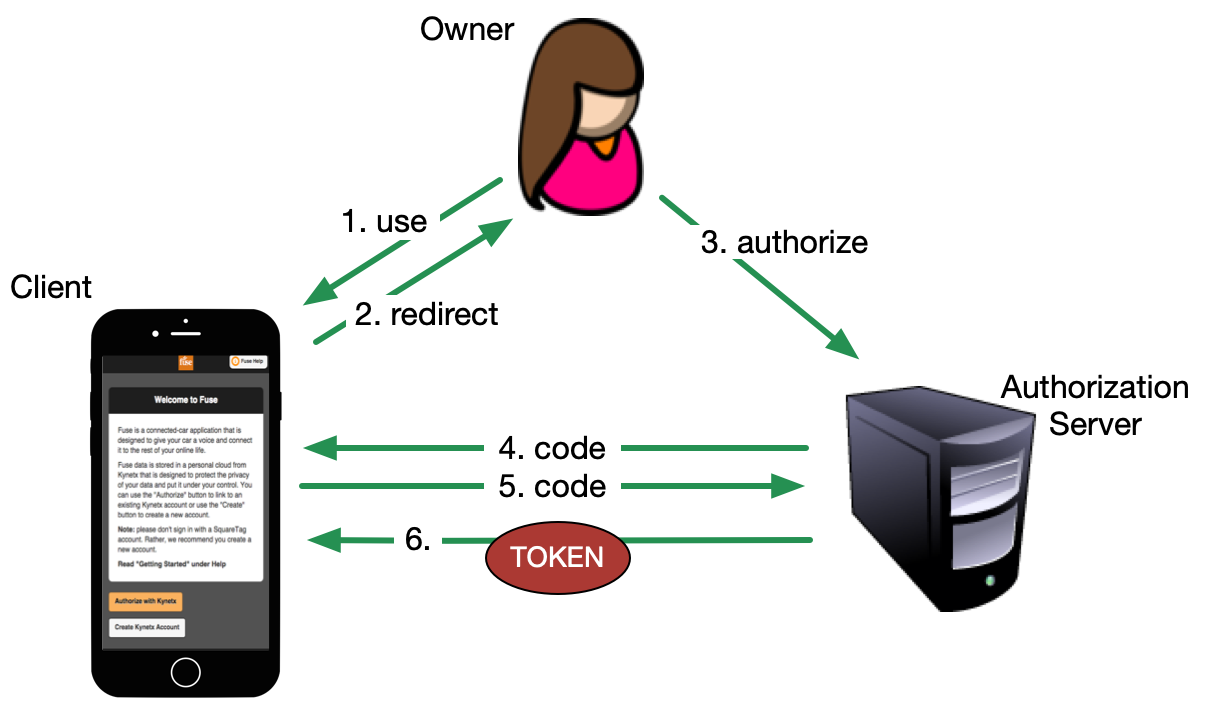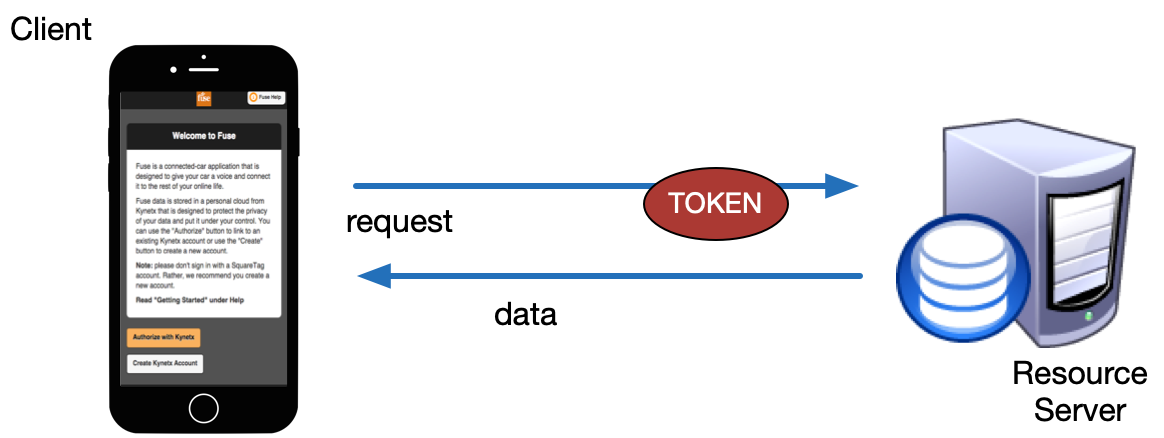Summary
Like the "close" buttons for elevator doors, "keep me logged in" options on web-site authentication screens feel more like a placebo than something that actually works. Getting rid of passwords will mean we need to authenticate less often, or maybe just don't mind as much when we do.
You know the conventional wisdom that the "close" button in elevators isn't really hooked up to anything. That it's just there to make you feel good? "Keep me logged in" is digital identity's version of that button. Why is using authenticated service on the web so unpleasant?
Note that I'm specifically talking about the web, as opposed to mobile apps. As I wrote before, compare your online, web experience at your bank with the mobile experience from the same bank. Chances are, if you're like me, that you pick up your phone and use a biometric authentication method (e.g. FaceId) to open it. Then you select the app and the biometrics play again to make sure it's you, and you're in.
On the web, in contrast, you likely end up at a landing page where you have to search for the login button which is hidden in a menu or at the top of the page. Once you do, it probably asks you for your identifier (username). You open up your password manager (a few clicks) and fill the username and only then does it show you the password field1. You click a few more times to fill in the password. Then, if you use multi-factor authentication (and you should), you get to open up your phone, find the 2FA app, get the code, and type it in. To add insult to injury, the ceremony will be just different enough at every site you visit that you really don't develop much muscle memory for it.
As a consequence, when most people need something from their bank, they pull out their phone and use the mobile app. I think this is a shame. I like the web. There's more freedom on the web because there are fewer all-powerful gatekeepers. And, for many developers, it's more approachable. The web, by design, is more transparent in how it works, inspiring innovation and accelerating it's adoption.
The core problem with the web isn't just passwords. After all, most mobile apps authenticate using passwords as well. The problem is how sessions are set up and refreshed (or not, in the case of the web). On the web, sessions are managed using cookies, or correlation identifiers. HTTP cookies are generated by the server and stored on the browser. Whenever the browser makes a request to the server, it sends back the cookie, allowing the server to correlate all requests from that browser. Web sites, over the years, have become more security conscious and, as a result, most set expirations for cookies. When the cookie has expired, you have to log in again.
Now, your mobile app uses HTTP as well, and so it also uses cookies to link HTTP requests and create a session. The difference is in how you're authenticated. Mobile apps (speaking generally) are driven by APIs. The app makes an HTTP request to the API and receives JSON data in return which it then renders into the screens and buttons you interact with. Most API access is protected by an identity protocol called OAuth.


You've used OAuth if you've ever used any kind of social login like Login with Apple, or Google sign-in. Your mobile app doesn't just ask for your user ID and password and then log you in. Rather, it uses them to authenticate with an authentication server for the API using OAuth. The standard OAuth flow returns an authentication token that the app stores and then returns to the server with each request. Like cookies, these access tokens expire. But, unlike cookies, OAuth defines a refresh token mechanism that the app can be use to get a new access token. Neat, huh?
The problem with using OAuth on the web is that it's difficult to trust browsers:
- Some are in public places and people forget to log out.
- A token in the browser can be attacked with techniques like cross-site scripting.
- Browser storage mechanisms are also subject to attack.
Consequently, storing the access token, refresh token, and developer credentials that are used to carry out an OAuth flow is hard—maybe impossible—to do securely.
Solving this problem probably won't happen because we solved browser security problems and decided to use OAuth in the browser. A more likely approach is to get rid of passwords and make repeated authentication much less onerous. Fortunately, solutions are at hand. Most major browsers on most major platforms can now be used as FIDO platform authenticators. This is a fancy way of saying you can use the the same mechanisms you use to authenticate to the device (touch ID, face ID, or even a PIN) to authenticate to your favorite web site as well. Verifiable credentials are another up and coming technology that promises to significantly reduce the burdens of passwords and multi-factor authentication.
I'm hopeful that we may really be close to the end for passwords. I think the biggest obstacle to adoption is likely that these technologies are so slick that people won't believe they're really secure. If we can get adoption, then maybe we'll see a resurgence of web-based services as well.
Notes
- This is known as "identifier-first authentication". By asking for the identifier, the authentication service can determine how to authenticate you. So, if you're using a token authentication instead of passwords, it can present the right option. Some places do this well, merely hiding the password field using Javascript and CSS, so that password managers can still fill the password even though it's not visible. Others don't, and you have to use your password manager twice for a single login.
Photo Credit: Dual elevator door buttons from Nils R. Barth (CC0 1.0)




